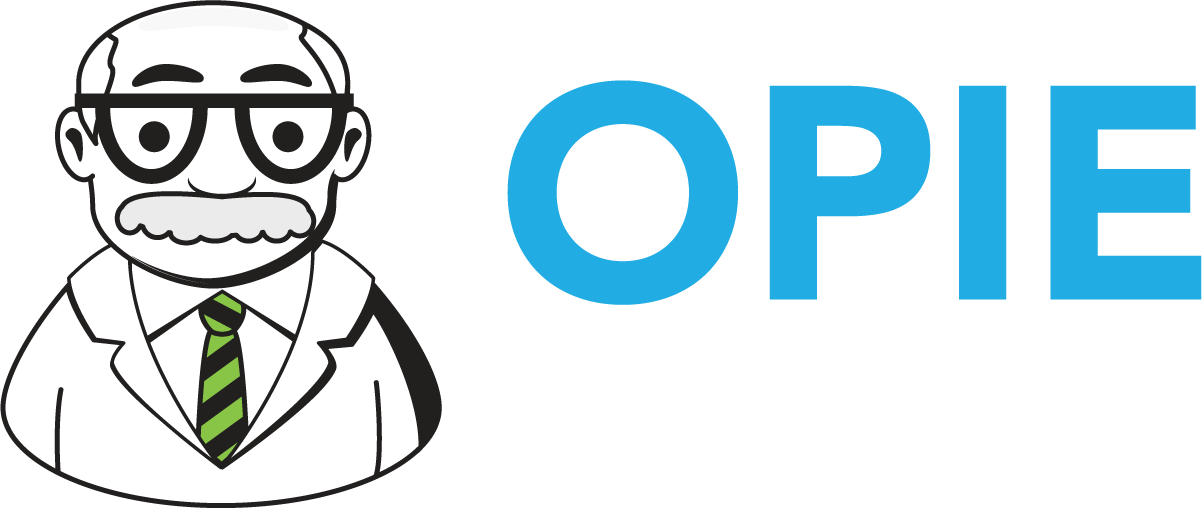Nitpickers and Naysayers: Your Hidden Assets
Warriors come in many forms in business. They’re the compliance officers reminding you that HIPAA doesn’t take a vacation. They’re the admin managers who double-check every credential before a locum fills in. They’re the billing leads flagging documentation gaps that could trigger denials. In calmer seasons, these people can feel like friction—to leaders chasing growth, they sometimes seem to slow everything down.
During steady times, the "warriors" of your practice might look like the ones putting up roadblocks. They’re asking for extra sign-offs, revising forms, or rerunning staff training for the third time this year. Meanwhile, your clinicians are eager to see patients, your marketers want to reach new referral sources, and your Operations people want the phones answered faster and more revenue faster! The warriors? They’re the ones insisting on double-checking PHI access logs or pausing hiring until the background checks are complete. In peace, it feels like drag. In crisis, it feels like salvation.
The Lesson Behind Documentation
If you have been in a leadership position for a decade or more, I am sure you have, in some way, learned this lesson the hard way. As a leader, we want to move fast. Compliance and documentation can feel like busy work—until the day the system crashes and a “Nitpicker’s” meticulous notes saved a potential disaster (or you didn’t have a nitpicker and lost). That’s when we realize that the quiet, painstaking work isn’t bureaucracy; it’s resilience in disguise. In O&P practices, your “documentation warriors” play the same role. They’re protecting continuity of care, revenue integrity, and licensure, even when it’s invisible.
Why We Resist the Warriors
In leadership, optimism often fuels growth—but unchecked optimism can breed blind spots. We want to believe the referral stream will stay strong, reimbursements won’t drop, and regulators won’t change reporting standards. Warriors are unpopular because they remind us that those assumptions can fail. They force us to prepare for denials, audits, IT outages, pandemics, or turnover before they happen. That’s uncomfortable work—but essential leadership.
Think of any practice meltdown story you’ve heard: ransomware freezing EMR access, compliance lapses leading to CMS investigations, data leaks damaging reputation. Somewhere before those events, someone probably warned, “We should fix that.” The warrior did their job—the organization didn’t listen.
The Cost of Prevention
Every practice owner knows it’s hard to budget for problems that haven’t happened. The cybersecurity consultant, the compliance officer, the robust software, or the external auditor can look like unnecessary costs during good months. If a someone says, “We’ve never had a breach,” it’s easy to shelve an update to the server or delay disaster recovery testing. But the cost of prevention is always lower than the cost of reaction.
Managing Friction—Don’t Eliminate It
The mature leader learns to recognize good friction. Not all pushback signals obstruction; some signals foresight. When your financial lead questions a marketing expense, or your privacy officer vetoes a new app, they’re often acting from a defensive posture on behalf of the organization. Leadership means differentiating between unnecessary bureaucracy and the productive tension that prevents exposure.
Try this mindset shift: replace the phrase “They’re slowing us down” with “They’re keeping us sustainable.” It’s not semantics—it’s systems thinking. In O&P, sustainability is the difference between a thriving practice and one that burns out its team or collapses under penalties.
Building a Culture That Values the Warriors
Here are a few ways to manage this balance inside your practice:
Invite dissent early. During planning meetings, make space for “what-if” voices before decisions are final.
Connect compliance to mission. Frame documentation, audits, or training not as red tape but as part of patient safety and trust.
Reward prevention. Celebrate moments when issues were caught in advance—not just big sales or new program launches.
Balance risk appetite. Growth requires courage, but lasting organizations temper that courage with caution.
A strong culture doesn’t tolerate constant alarmism, but it does respect healthy paranoia. It treats warriors as partners in performance, not obstacles to progress.
Leading Beyond Comfort
O&P leaders who succeed long-term know that calm seasons are the time to lay groundwork for inevitable disruption—new payer requirements, public health shifts, or technology failures. Preparation doesn’t slow the business; it accelerates recovery when the storm comes.
So the next time your operations manager sounds overcautious, or your compliance officer seems to overcomplicate a rollout, step back and ask: Are they resisting progress, or are they protecting it? Because when the audit letter arrives, when the cyber threat hits, when the threat of prepayment audits rises up—you’ll be grateful for every warrior who insisted on doing things right, before the crisis demanded it.
Learn to love your warriors in peacetime. They aren’t obstacles to your momentum—they’re the protectors of your mission.

